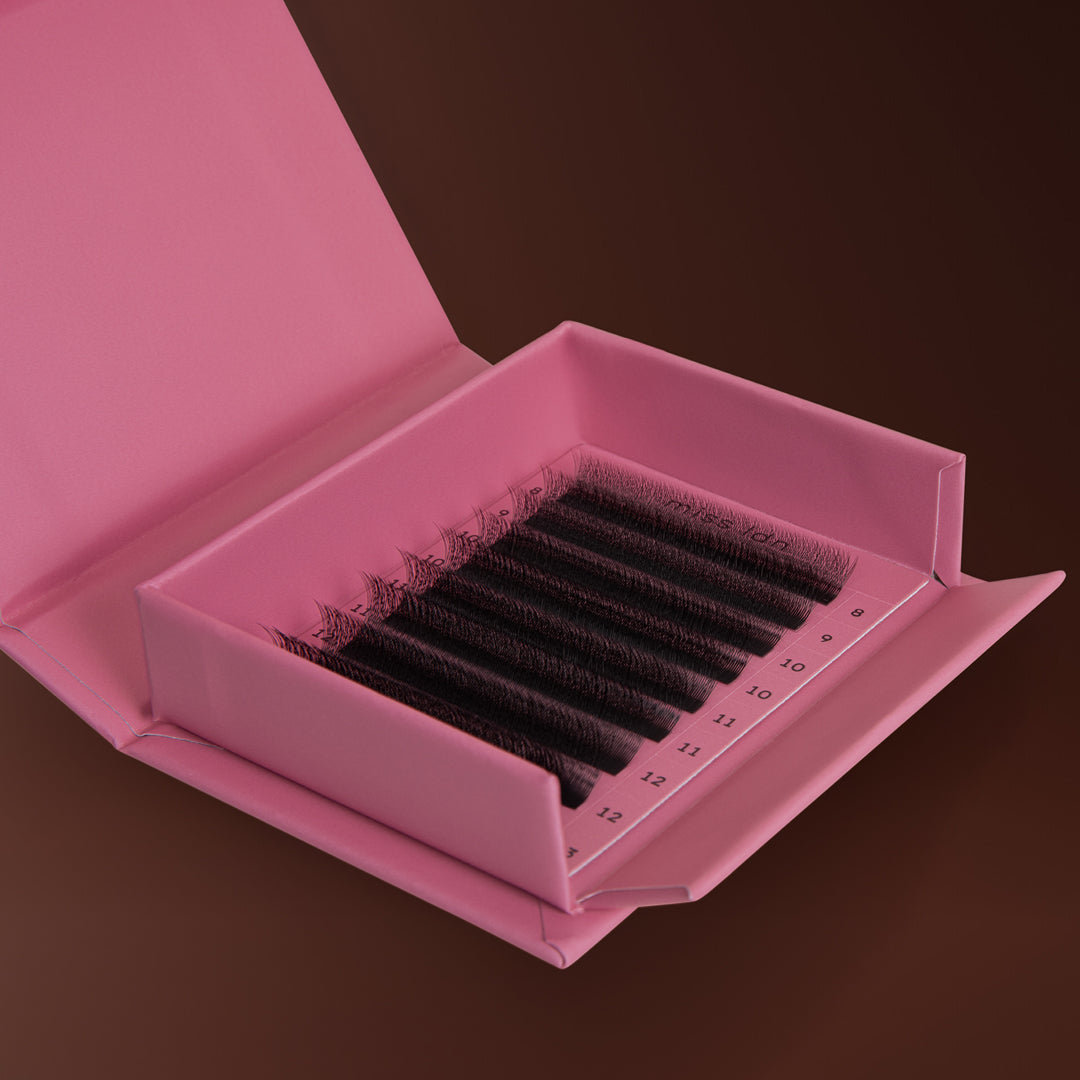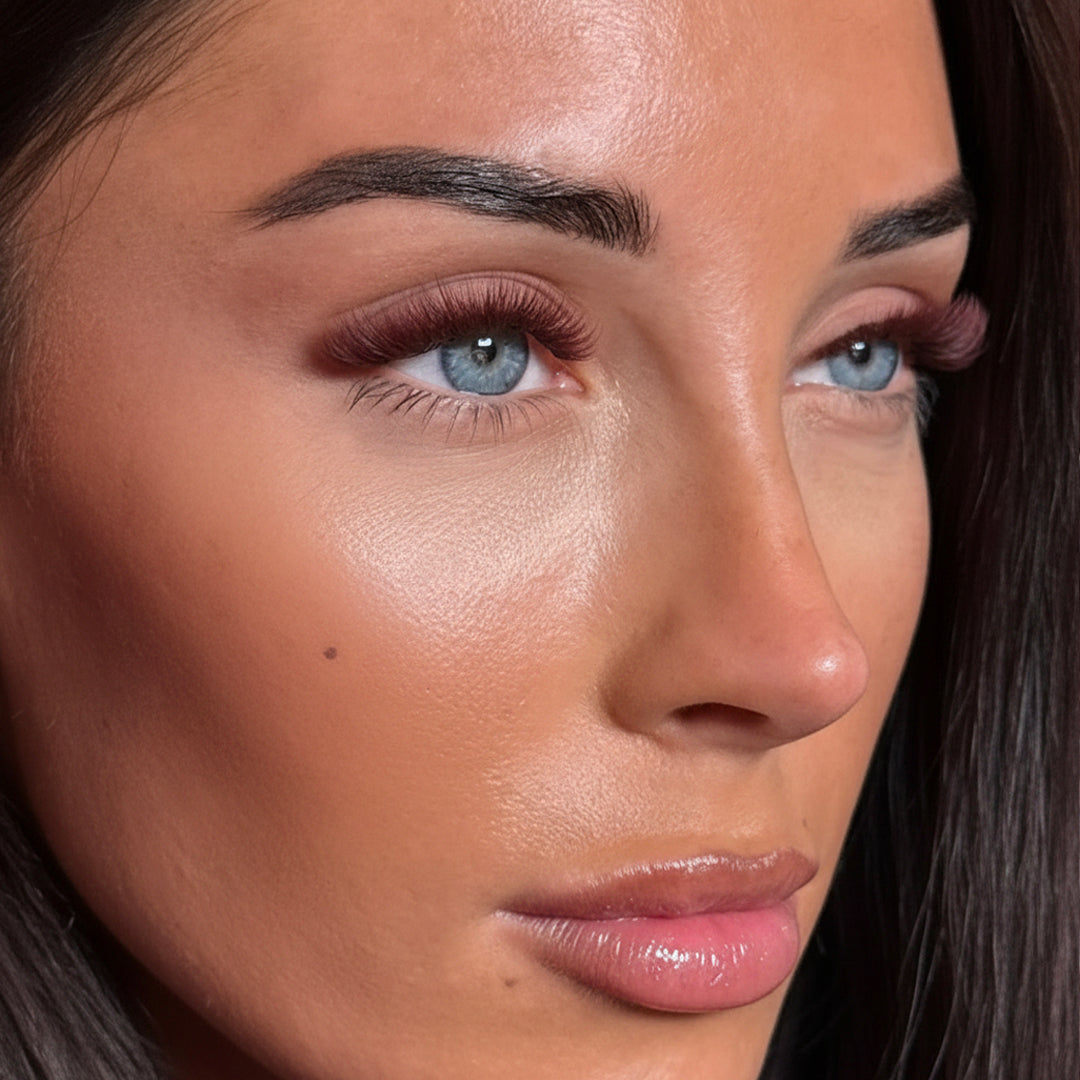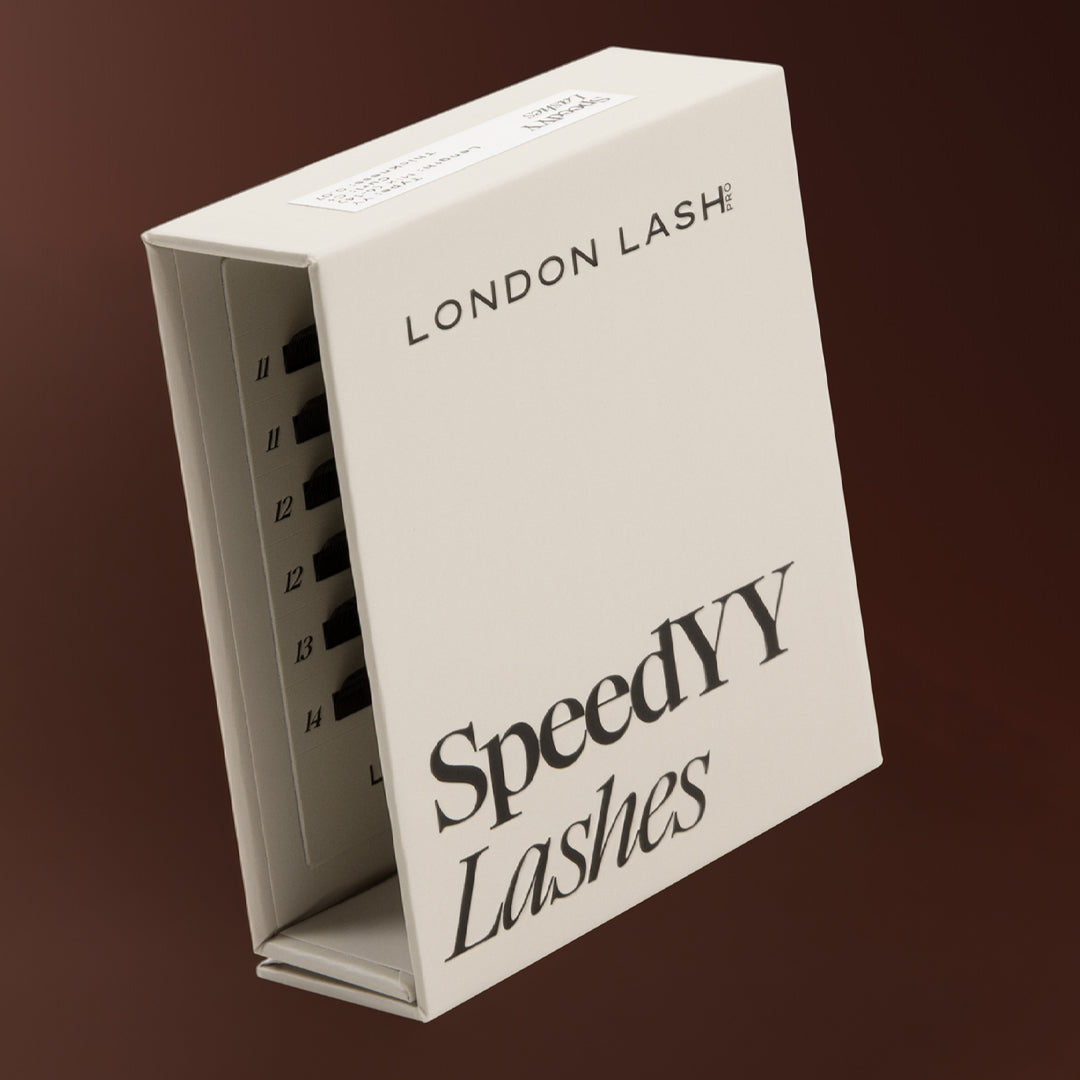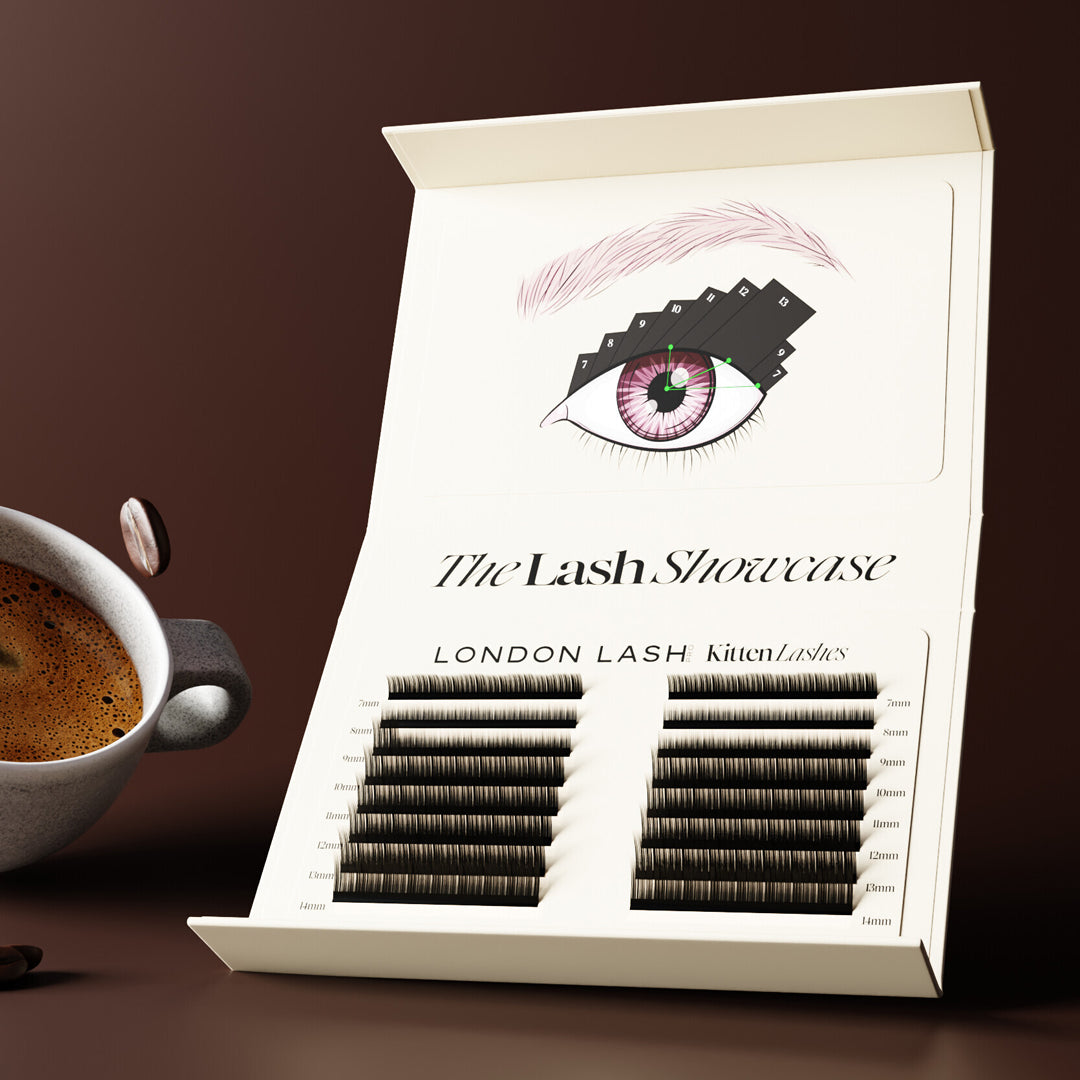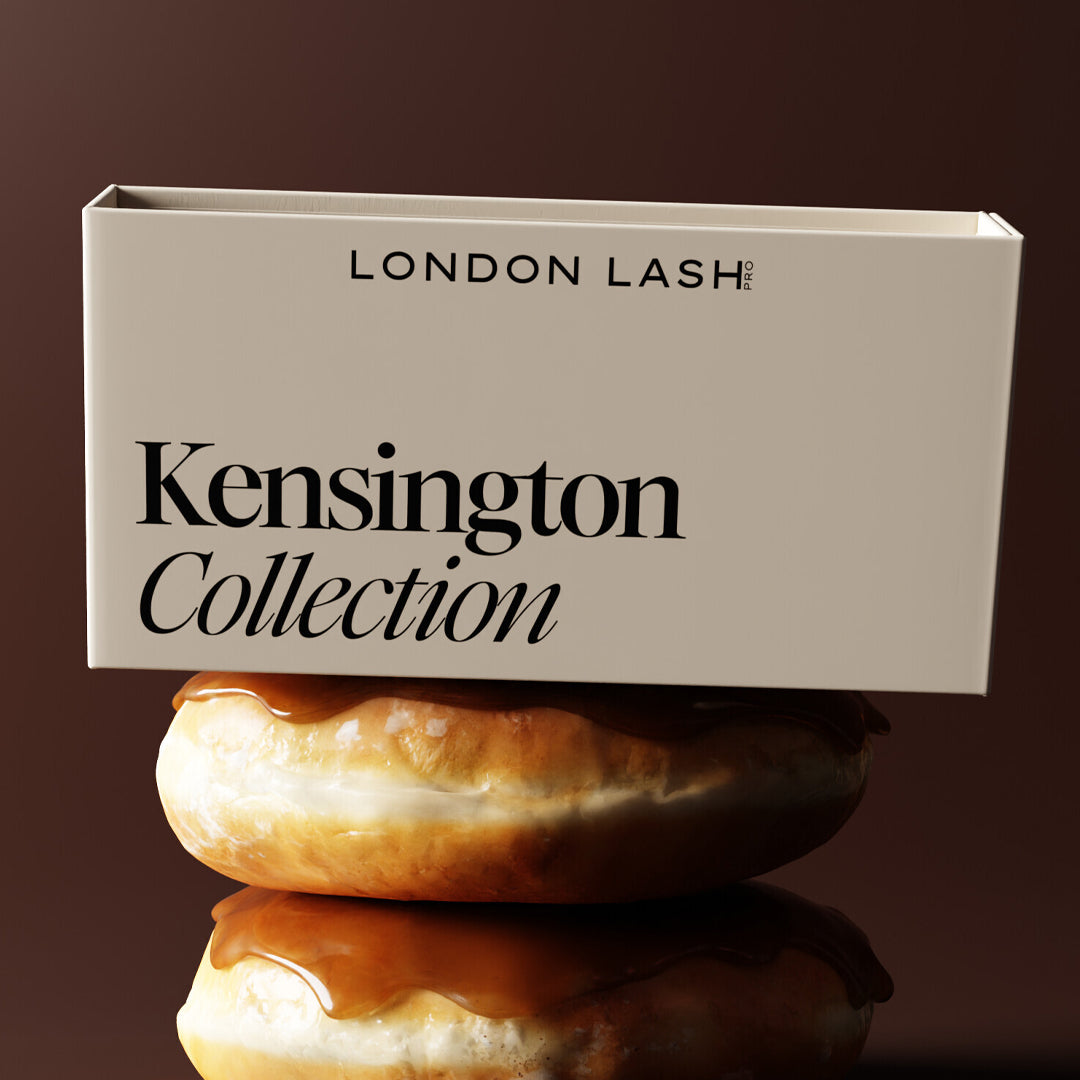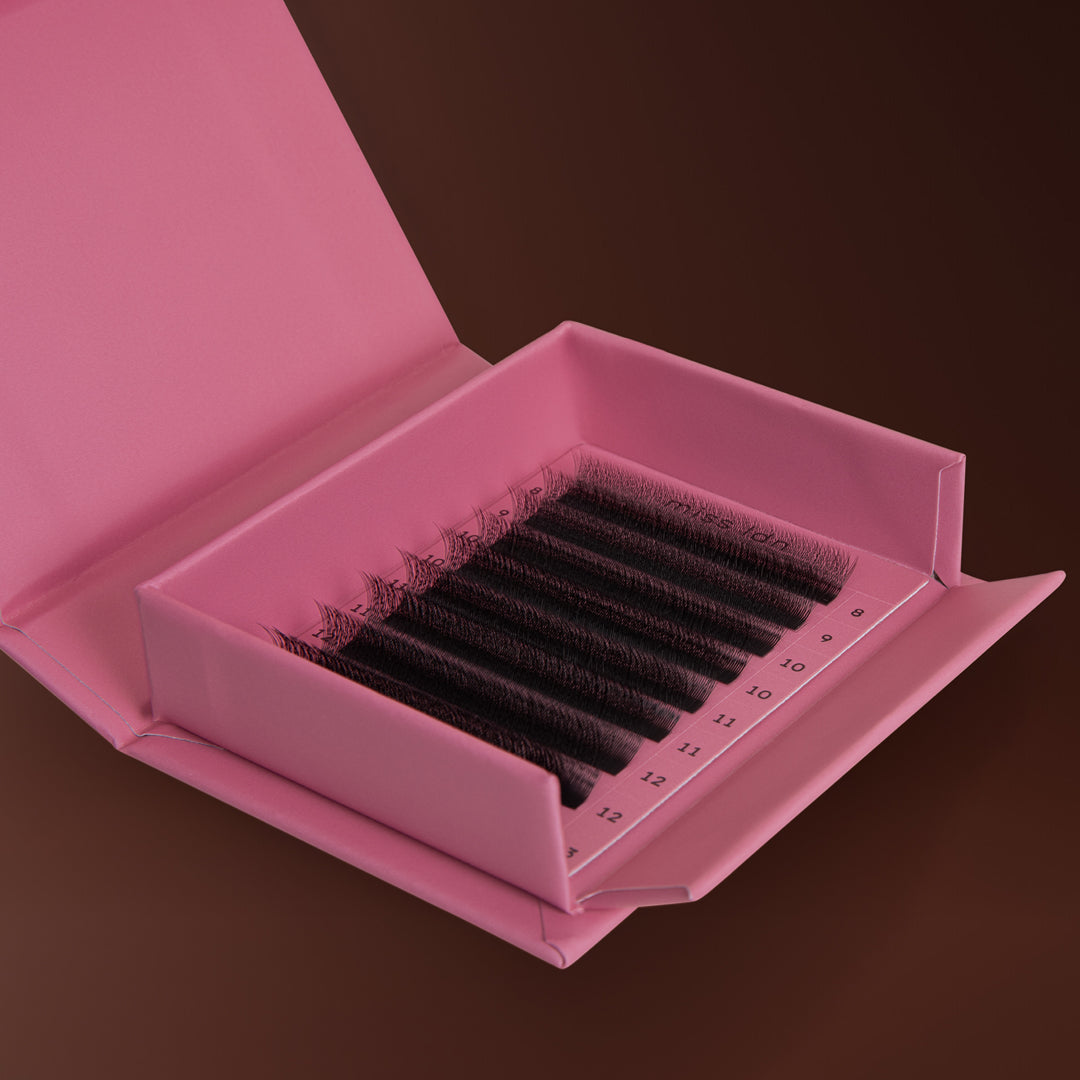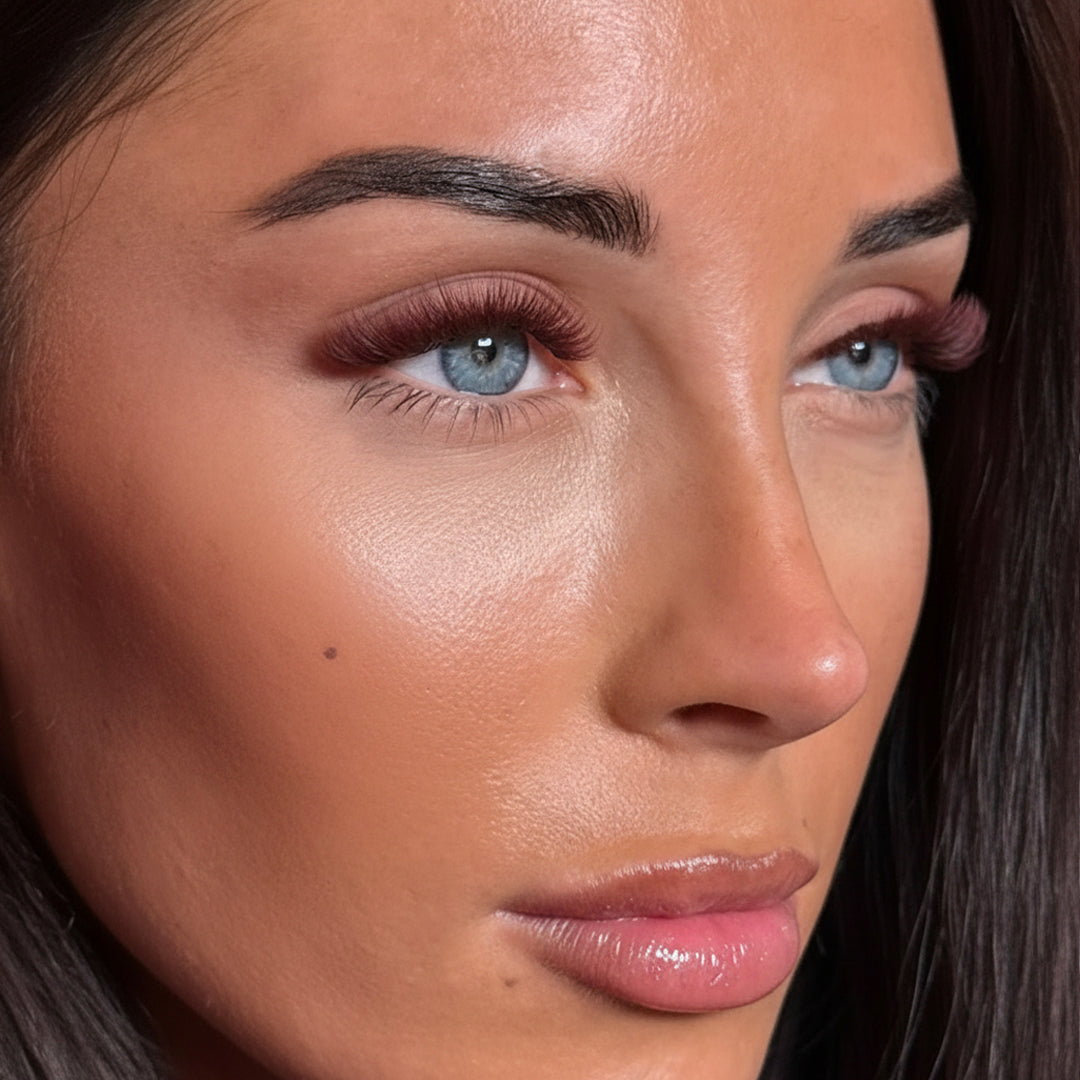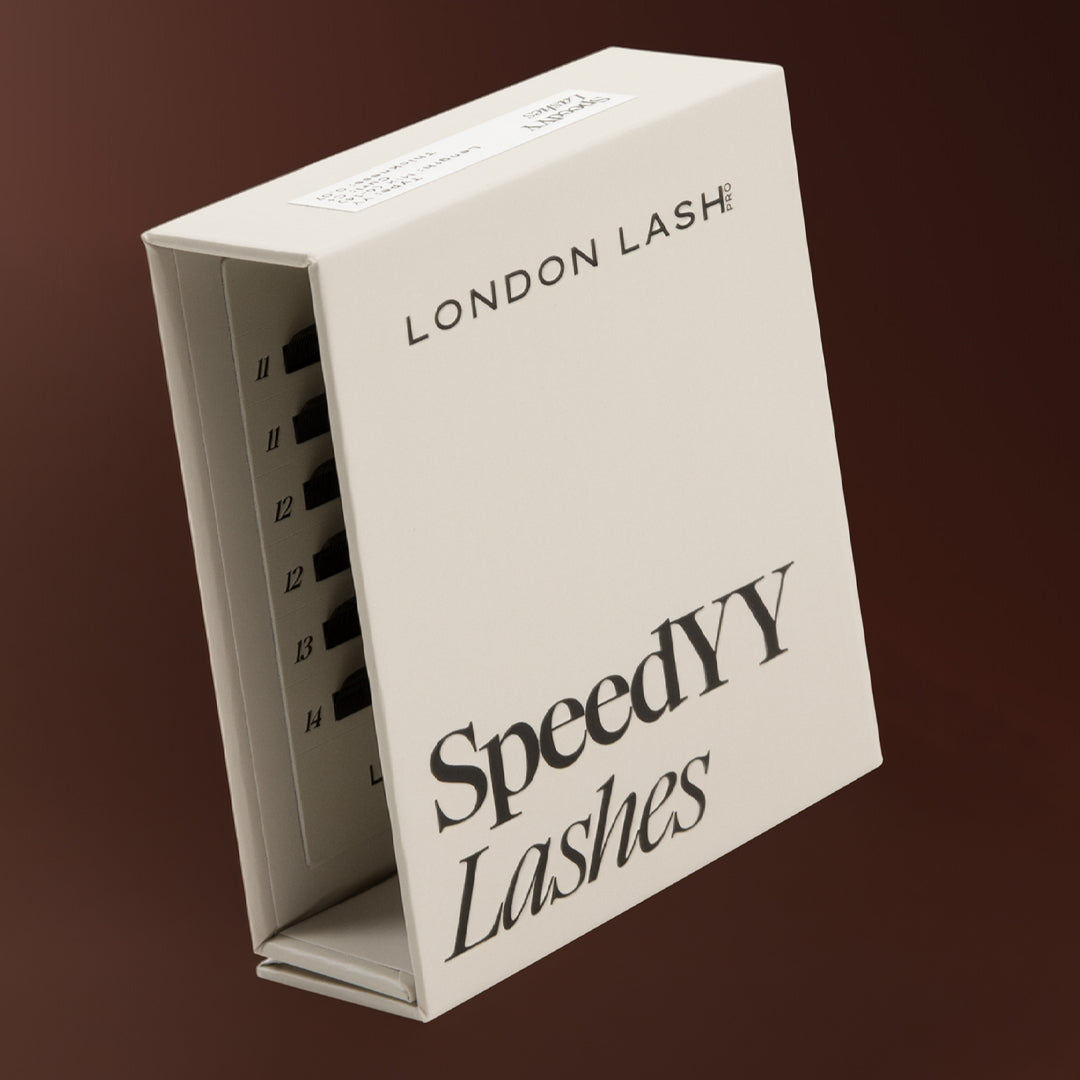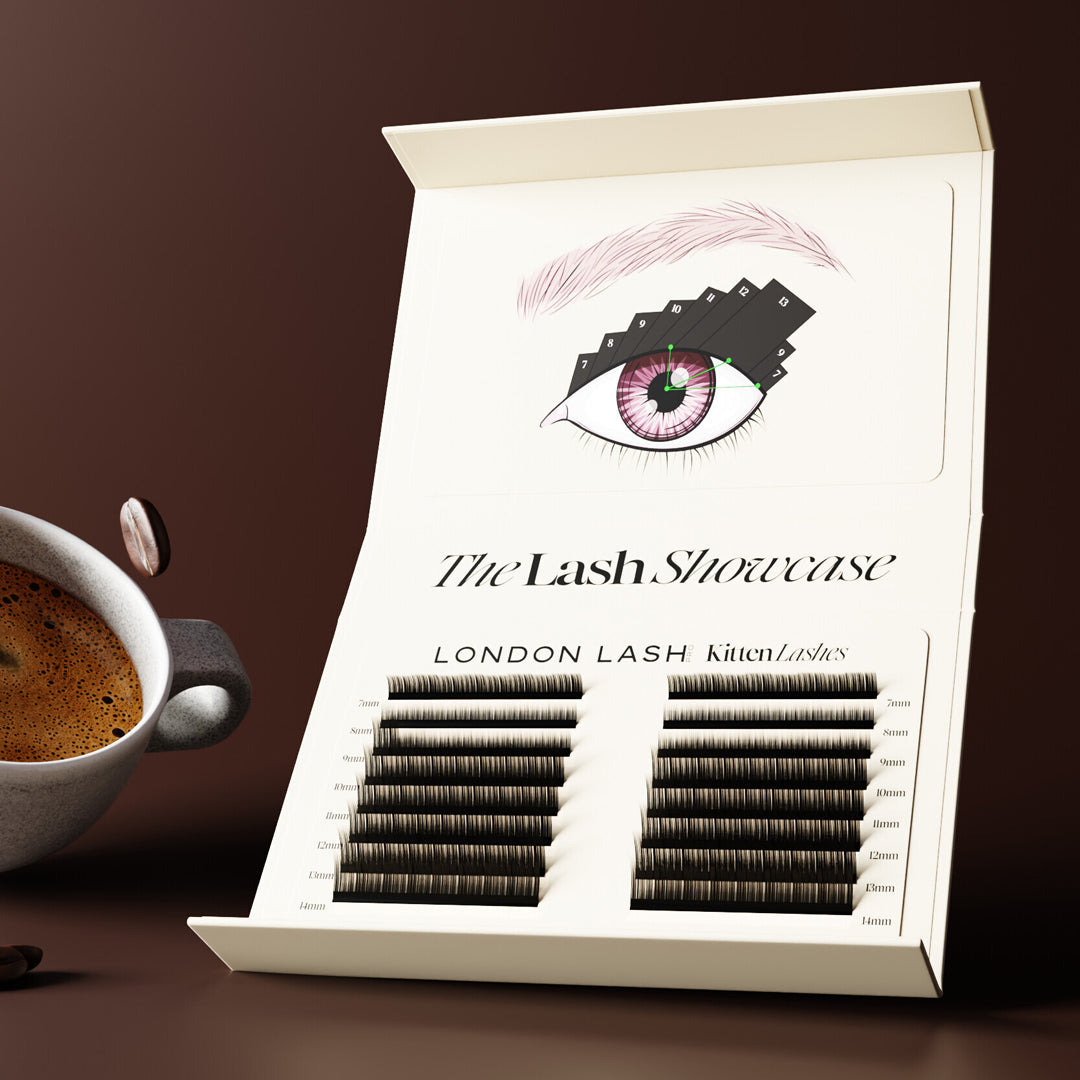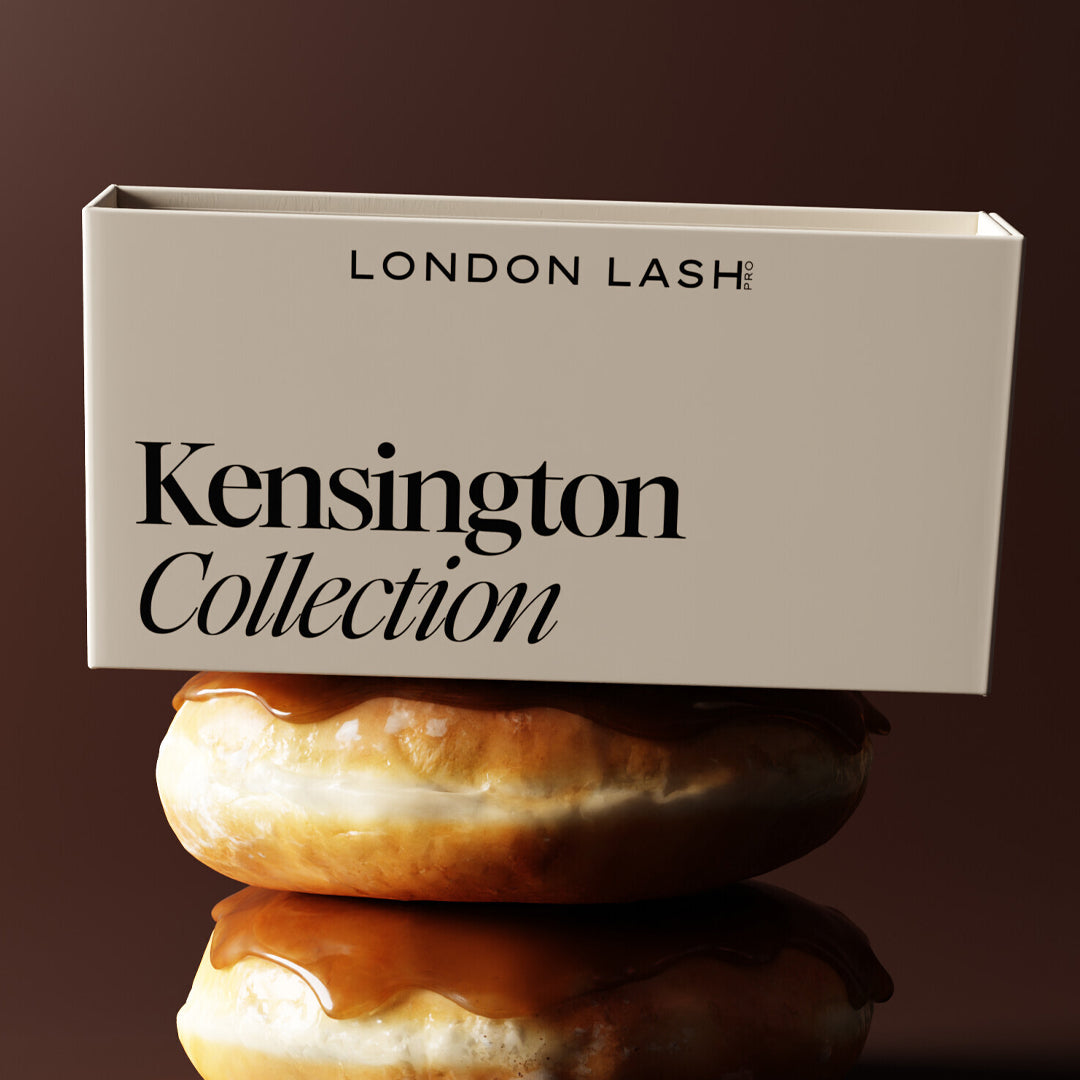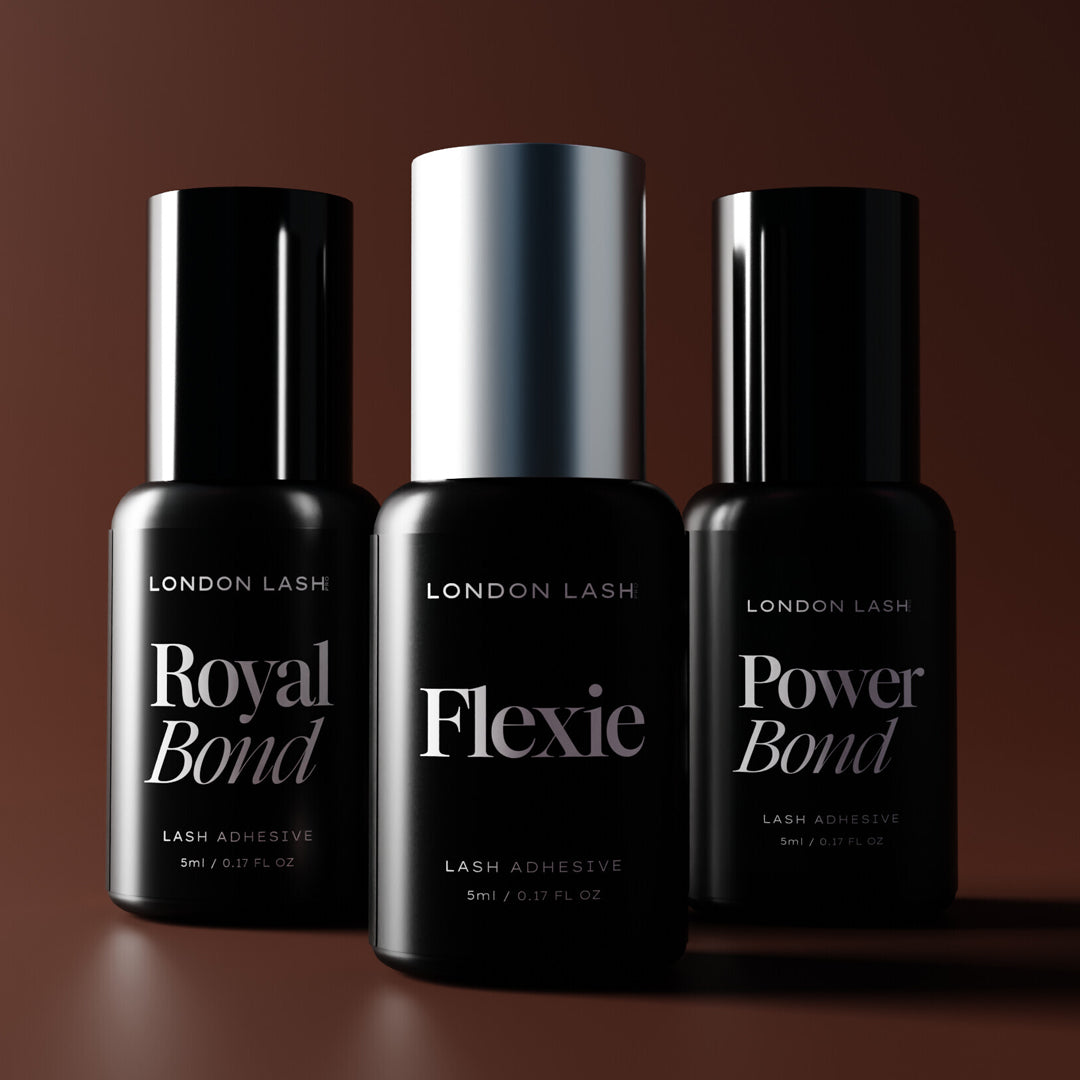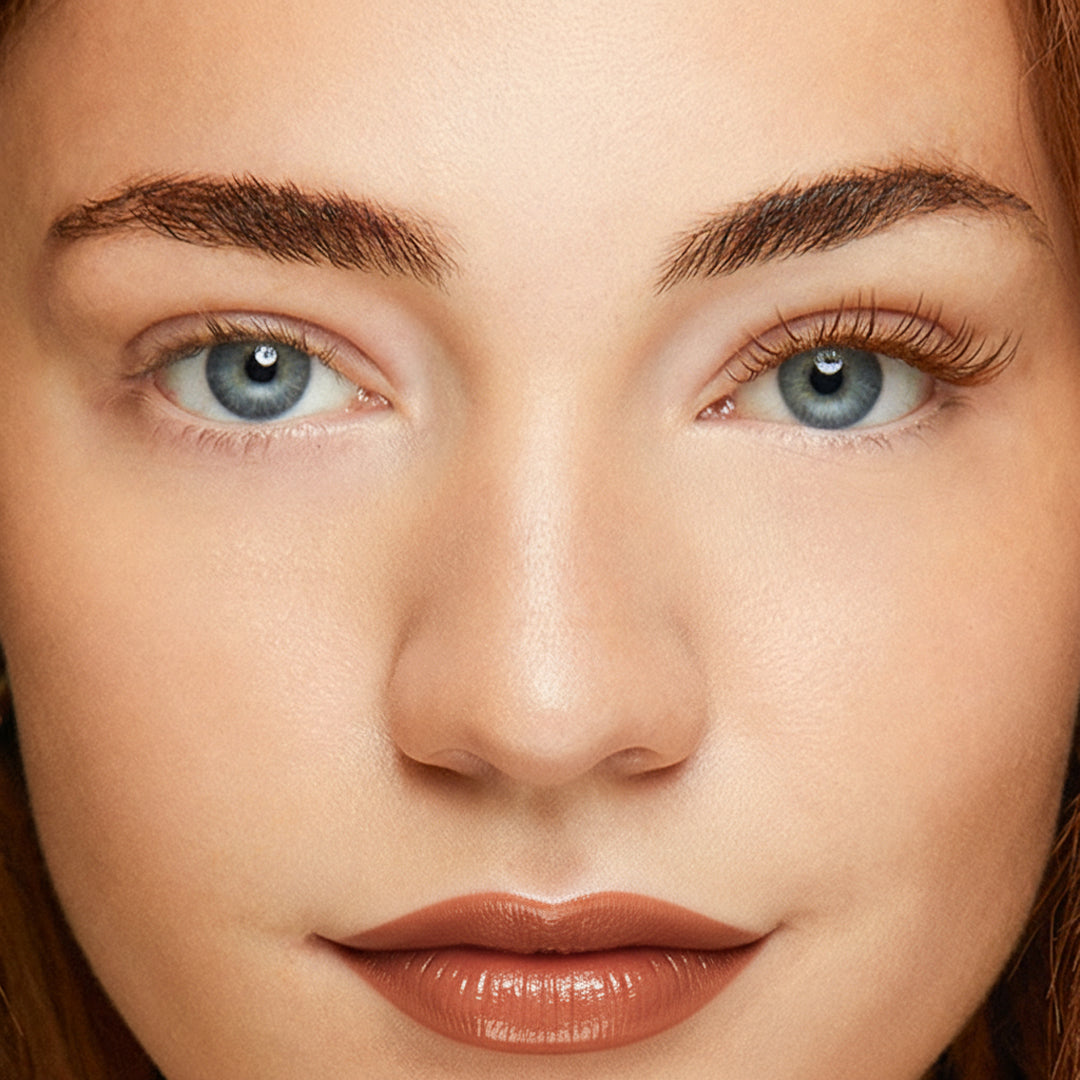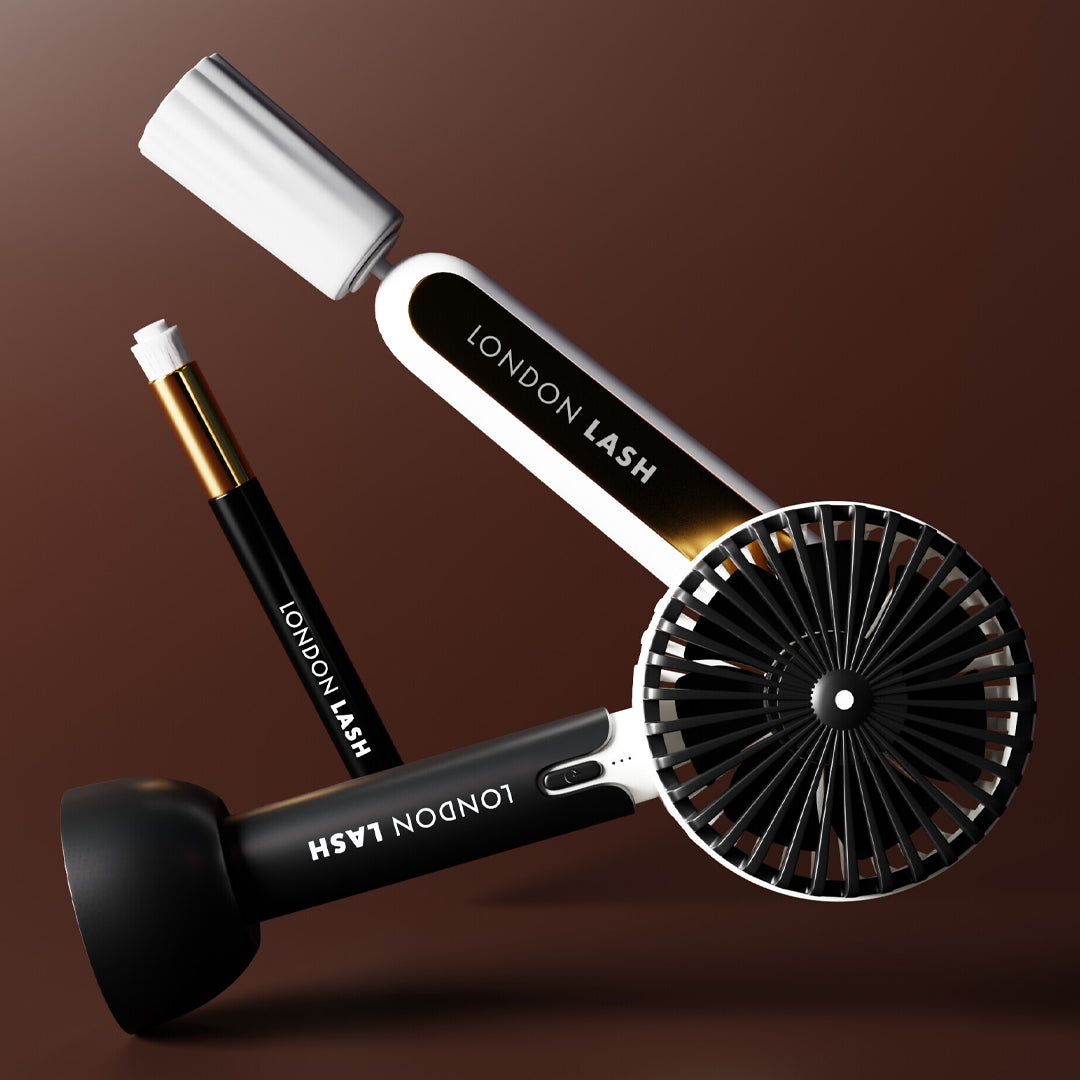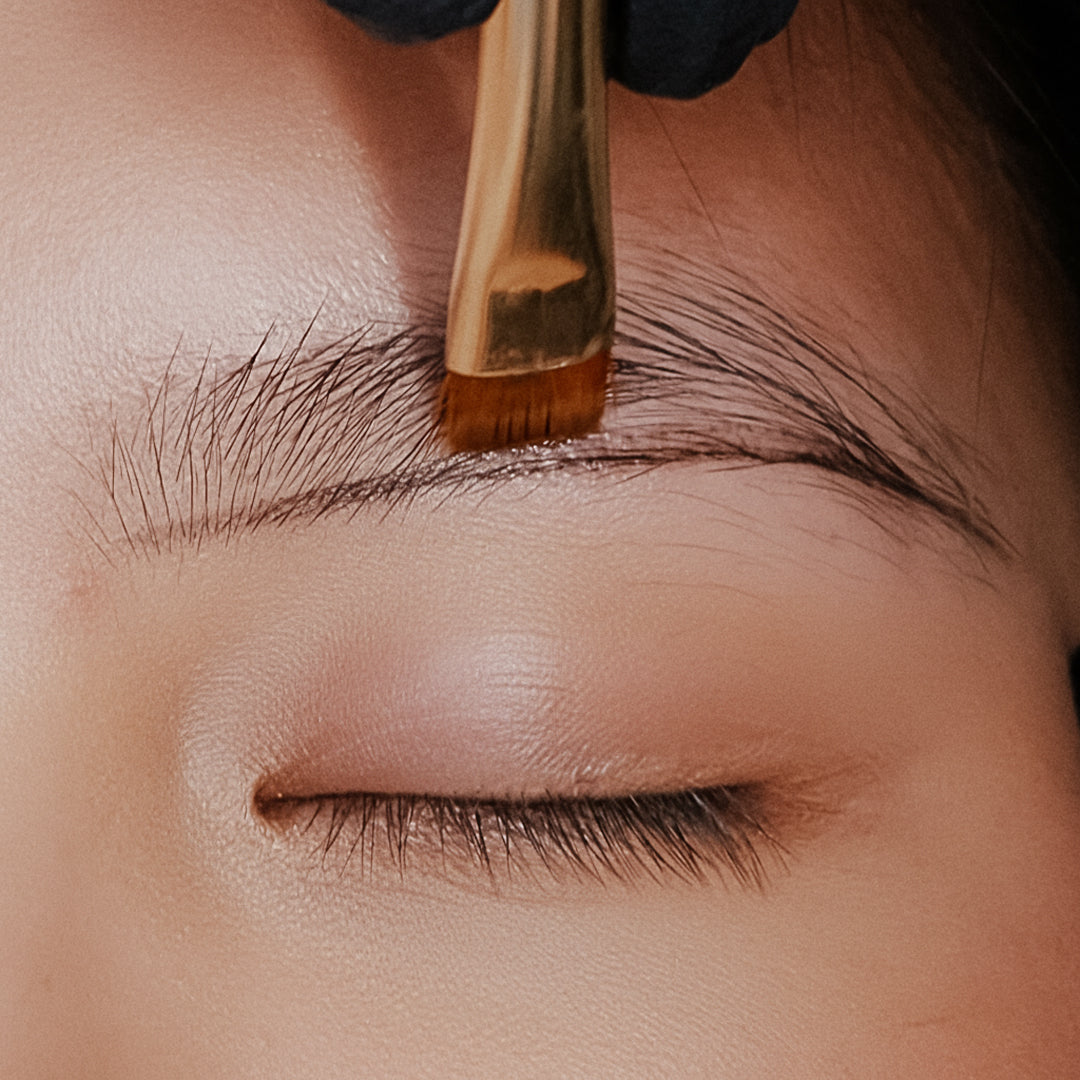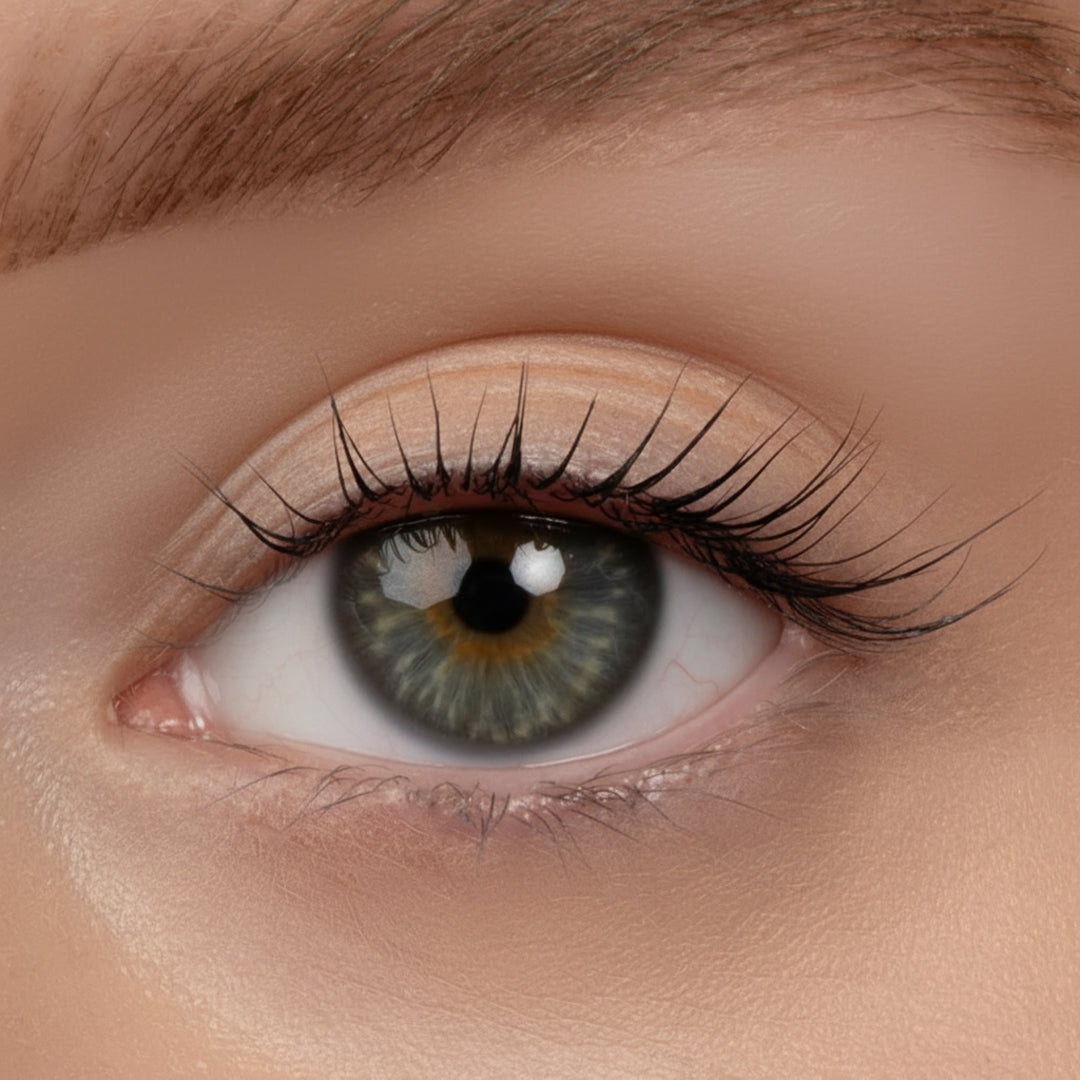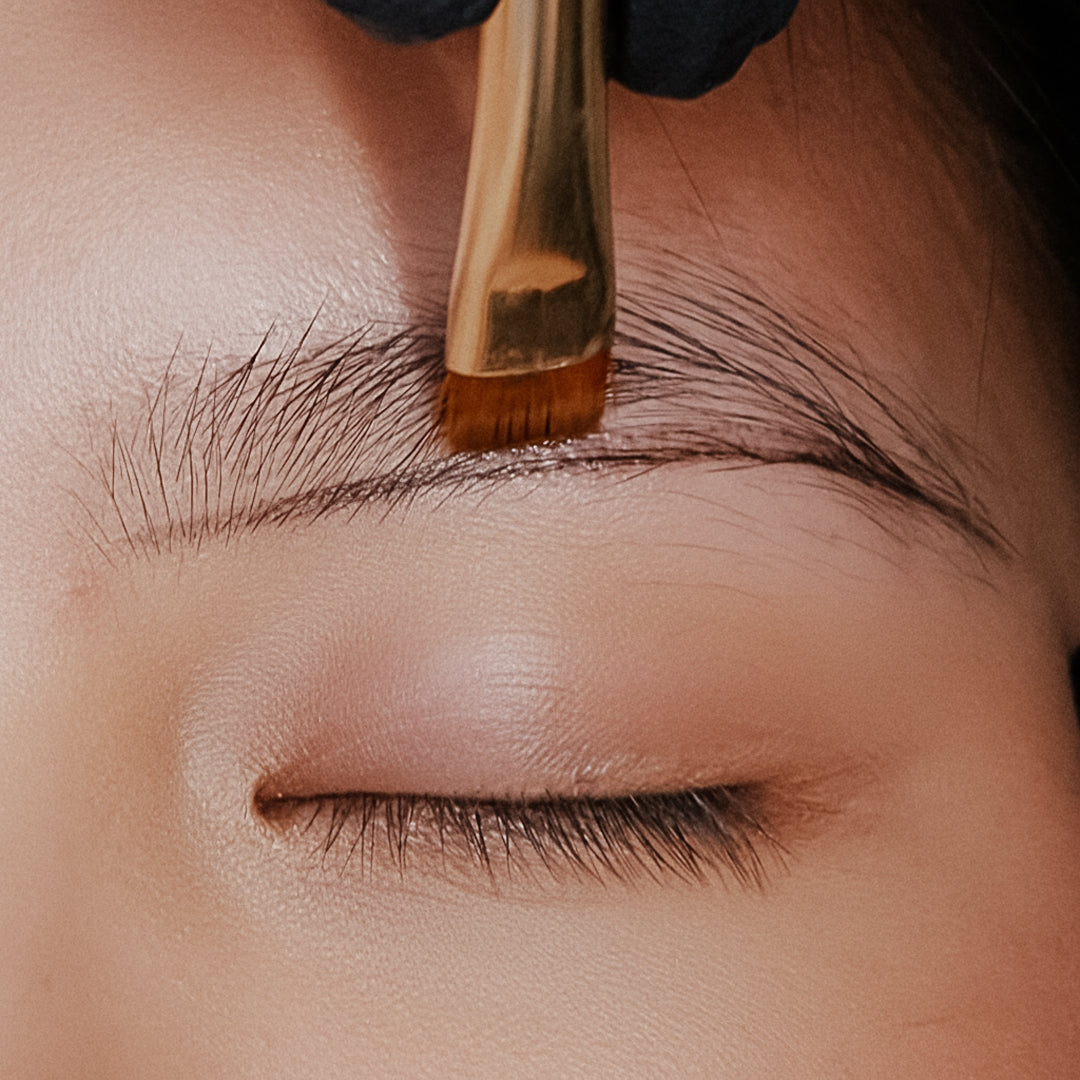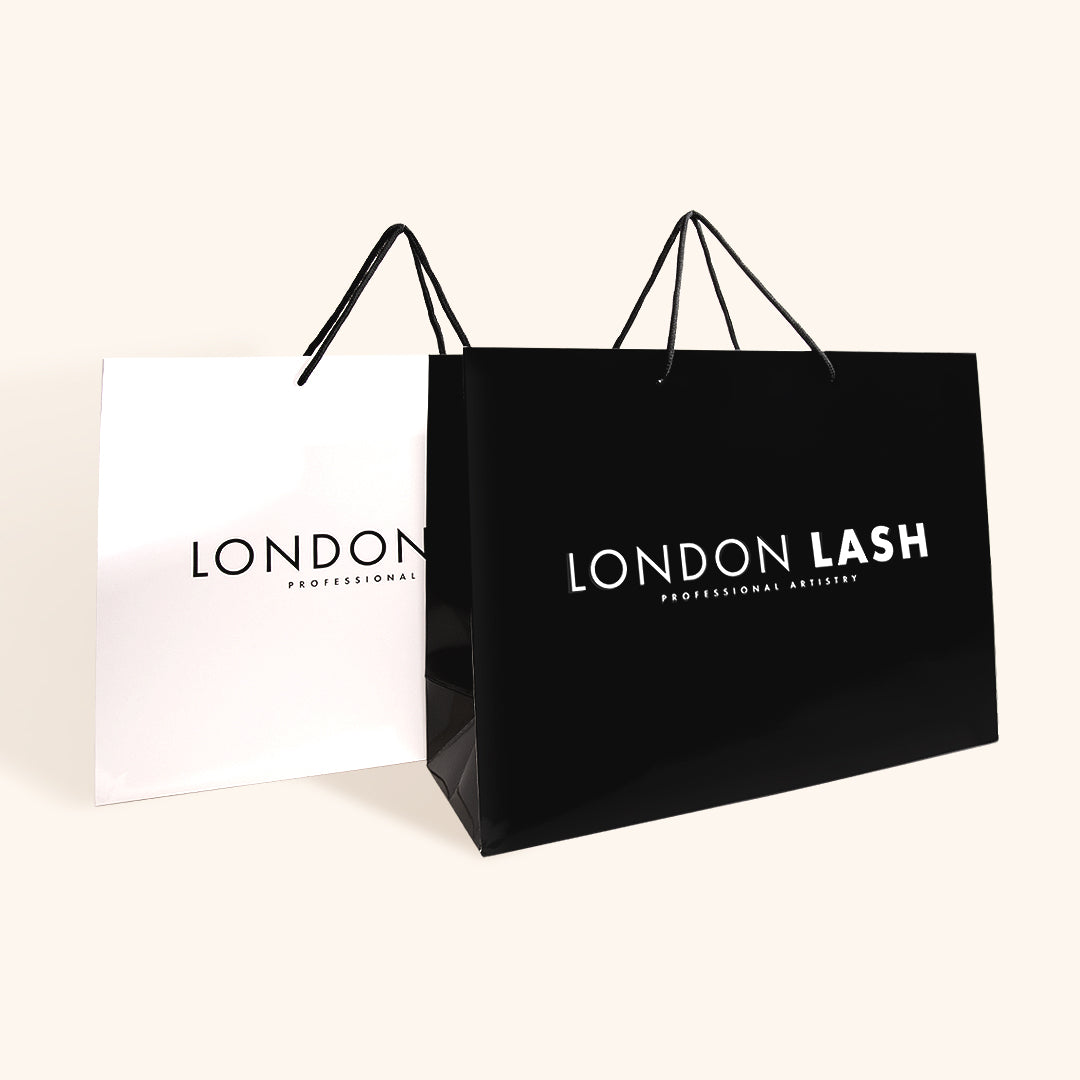Glues & Liquids
Eyelash Extensions
ACCESSORIES
So Henna
EYEBROWS
ONLINE TRAINING
Save up to 70% Off
Do Lash Extensions Cause Headaches?
November 14, 2023 6 min read

Can Lash Extensions Cause Headaches in Clients and Lash Techs?
You don’t need us to tell you that eyelash extensions are a beauty treatment which has taken the world by storm – they are one of the most popular and in demand procedures with consistent innovation in products and styles. Getting lash extensions has become as popular as gel nails or hair colouring, but there are some who are concerned about side effects and potential issues such as allergies or headaches. So what are the causes and how can we avoid any of these effects?

Clients
Often new clients who have never had lash extensions before may be concerned with stories they’ve heard about the treatment and its after effects. But, as with any treatment, such as hair bleaching, henna brows, waxing, etc. there is the use of chemicals and the potential for a bodily reaction. You can read more about chemical burns vs allergic reactions to lash extensions in our featured post. A Lash Tech should attempt to mediate any potential threats as part of the treatment. One way is to patch test, which we have comprehensively discussed in this blog post.
Given that the client has received a patch test and everything is fine, why is it that they may experience effects like headaches after the treatment? It is important to understand the chemicals present in products such as Lash Glue when discussing a lash extension procedure.

A less common reason that a client may experience headaches or discomfort after having lash extensions are ‘stickies’. One little stickie will be uncomfortable in the immediate eye area, but stickies that are larger and incorporate more than two lashes can cause headaches due to the strain on the nerve endings around the eyes. Always be vigilant when it comes to your stickie checks to ensure that your client will have a comfortable and enjoyable experience whilst wearing their lash extensions.
Chemicals
Contrary to the more common wording ‘allergic to lash extensions’, an allergic reaction or effects such as headaches are not due to the Lash Extensions themselves. In fact, all London Lash extensions are made from a synthetic fibre called PBT and are as such hypoallergenic. What does in fact cause a bodily reaction in some rare cases is the chemicals present in eyelash extension glue. The chemical which causes the glue to cure and bond (which is present in all varieties of glues) is cyanoacrylate, this chemical emits fumes which can cause discomfort or a bodily reaction after exposure.
Unfortunately, all glues have chemicals in them. While this can’t be avoided, plenty can be done to mediate potential issues and reduce exposure. One which we do not recommend is using ‘sensitive lash glue’ because sensitive lash glues are simply marketed as glues which won't cause a reaction, but in fact, since they too contain cyanoacrylate (at much lower concentrations) they can cause headaches or allergic reactions in clients in much the same way. The reaction may be delayed due to the lower levels of cyanoacrylate, but with cyanoacrylate being an allergy that builds up over time, you will still see these symptoms in clients later down the line.
This marketing ploy – though possibly well-meant – does not mediate the issue. In fact, lash glues are formulated to be faster drying than most glues, but with sensitive glues having less cyanoacrylate present, the glue will dry slowly, meaning overall longer exposure to the glue fumes and a weaker bond between the glue and extensions leading to lower retention times, and possibly even a higher instance of stickies due to the glue curing slower than you are used to.
Lash Technicians
As a Lash Artist you are working with lash glue on a daily basis. This means that your exposure to the glue fumes is higher than regular clients who come in for a single treatment once a month. Headaches and reactions in Lash Techs are more prone to occurring due to the consistent exposure, therefore Lash Techs should try to lessen this exposure, not only for their clients but themselves as well. As reactions to lash adhesives are accumulative, meaning that the longer the exposure the more chance of a reaction, Lash Artists are the most prone to risks and many may potentially experience consistent headaches. So let’s discuss some of the ways to avoid this issue for clients and yourselves.

What You Can Do To Avoid Headaches And Reactions
As we want to avoid exposure to large amounts of glue fumes, we must understand that the more glue present the more fumes are being emitted. Using tools such as a glue ring is potentially a bad idea because it brings the glue closer to your airways as you work, increasing the amount of cyanoacrylate that you inhale. One of the most common types of irritation for a Lash Tech is to their respiratory system, so having the glue so close to your airways so consistently will lead to all sorts of issues. Instead, use a Glue Stone with a protective Sticker. Glue stones have many benefits including a reduced risk of reactions of clients and Lash Techs simply because the glue is further away from your face and theirs. The cold surface of a glue stone also means that the glue will dry out slower and thus you will need to dispense less product. Furthermore, the flat surface of the stone means that it won’t be moved around, avoiding the risk of spillage.
Lash Technicians should also consider wearing protective equipment such as a Face Mask and Shield. While a face shield may seem excessive, if a Tech is prone to headaches due to exposure, then the shield will mediate between the glue fumes and the Tech. Face masks, on the other hand are almost always advised, not only to protect you from the fumes but because you’ll be working in close proximity with your client, so for safety and hygienic reasons this is a good option.

To further protect yourself and your client, look into whether it would be good for you to use a Glamcor Flow. This is an innovative fanning system developed by the Glamcor team to create constant airflow, which is great for all Lash Techs, but is especially helpful for those of you who either don’t have windows that open, or who experience lots of problems with the stability of their room humidity when windows are open. With glue fumes, you do not want them staying around, the Glamcor Flow will make sure any fumes are directed away from your workspace, and thus keep your airways and your clients comfortable.
For your client’s protection at the end of treatment, make sure you’re fully educated on Superbonder Sealant, a product you can read more about in our blog post. In short, Superbonder cures eyelash adhesive immediately after the treatment is finished. Once applied, the glue is cured and all of the glue fumes are locked in, meaning that no more fumes will be emitted close to their eyes, preventing chemical burns and reducing the risks of allergic reactions or headaches.
Lastly, it’s worth considering that it might be your setup that is causing these headaches. While glue fumes undoubtedly lead to irritation if you breathe it in too much, muscular tightness due to improper posture can lead to headaches and neck pain for you and your clients. To negate this, always ensure that you are sitting up straight to apply lash extensions, and that your clients’ head and neck is always fully supported. Client discomfort during the treatment can lead to them not returning to you in the future, and your own spinal health can diminish due to poor posture. Both of these factors will mean that you’ll be looking for an alternative vocation far sooner than you’d hoped!

These are some simple tips you can implement to protect yourself and your clients from discomfort and reactions. Headaches from consistent exposure to eyelash glue fumes can become difficult to deal with and of course, this will affect your quality of work and life. While reactions to lash glue can be considered rare, Lash Artists are exposed to these chemicals daily, so it is vital to mediate any risks as much as possible.
Check out these featured products
Subscribe
Sign up to get the latest on sales, new releases and more …

